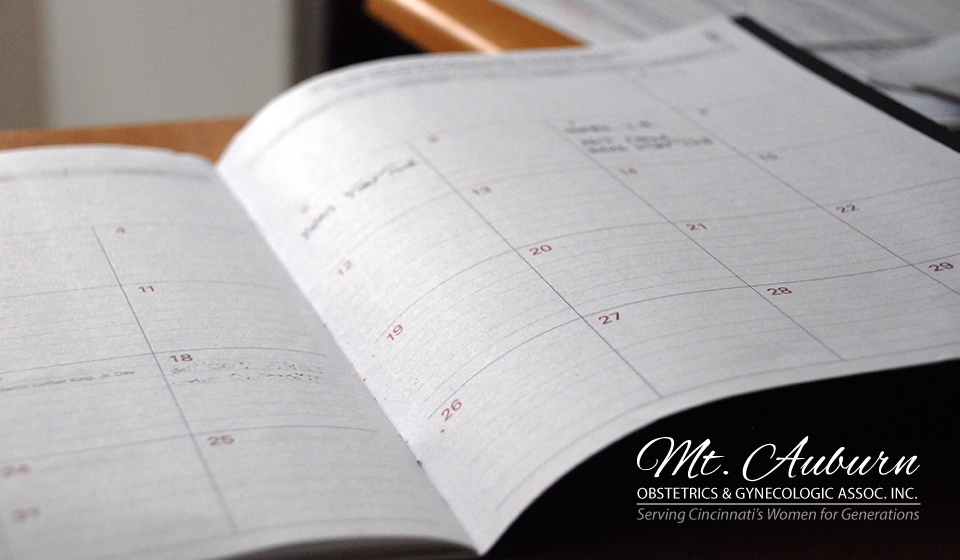Ninety percent of breast lumps are found by the women performing self breast exams. By examining your breasts monthly, you will become familiar with your breasts and more likely to notice any changes. You are looking for any change in your breast. You can notice a problem even before your doctor would. You should report any lump, hard knot, or thickening to your doctor.
When Should I Examine My Breasts?
If you have periods, you should do the exam seven days after your period begins. Your breasts are least likely to be tender and swollen at this time. If you no longer have periods, choose a day each month for the exam, such as the first of the month.
How Do I Examine My Breasts?
You may examine your breasts in one of three ways.
In Front of a Mirror
Inspect both breasts with your arms at your sides. Next, raise your arms over your head. Look for any changes in the shape of each breast – swelling, puckering, dimpling, or scaling of the skin. Gently squeeze your nipple and look for a discharge. Report any discharge to your doctor. Next, put your hands on your hips and press firmly to flex your chest muscles. The left and right breasts will not exactly match – this is normal. Any change in contour should be reported to your physician.
In the Shower
As you shower or bathe press the sensitive pads of your fingers flat against the outer part of the breast. Gently move over every part of each breast. Start at the nipple and go around in a circular motion, enlarging the circle each time you reach the point where you began. Completely examine the breast and chest area from your collarbone to the base of a properly-fitting bra, and from your breastbone to your underarm.
Lying Down
Repeat this the breast exam while lying flat on your back. Place your left arm over your head and a pillow or folded towel under your left shoulder. This position flattens the breast and makes it easier to examine. Repeat on the other side.
